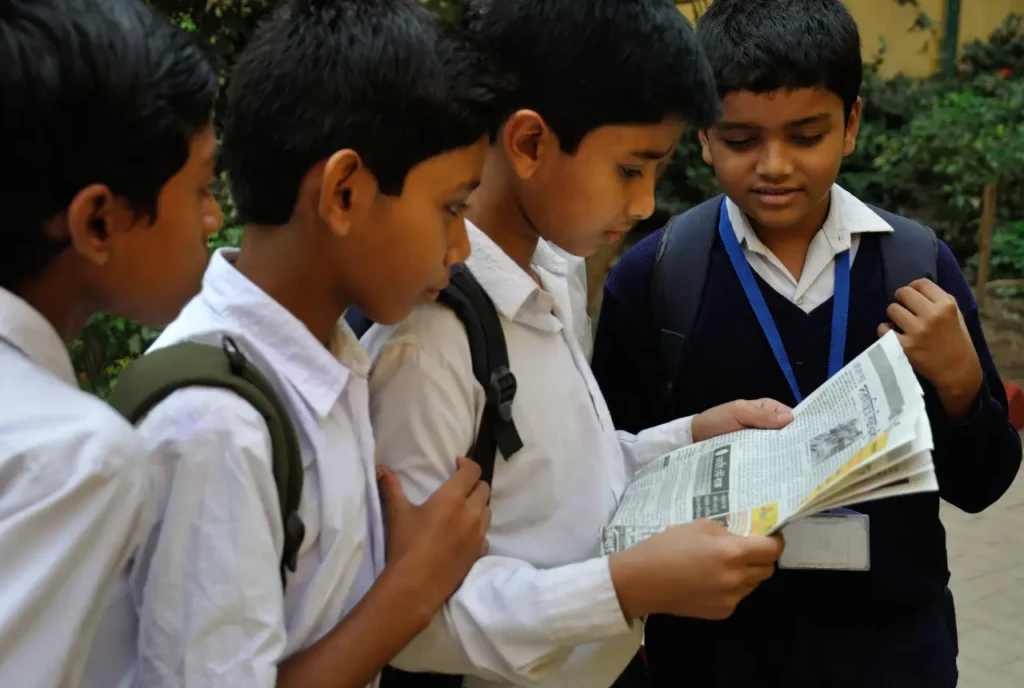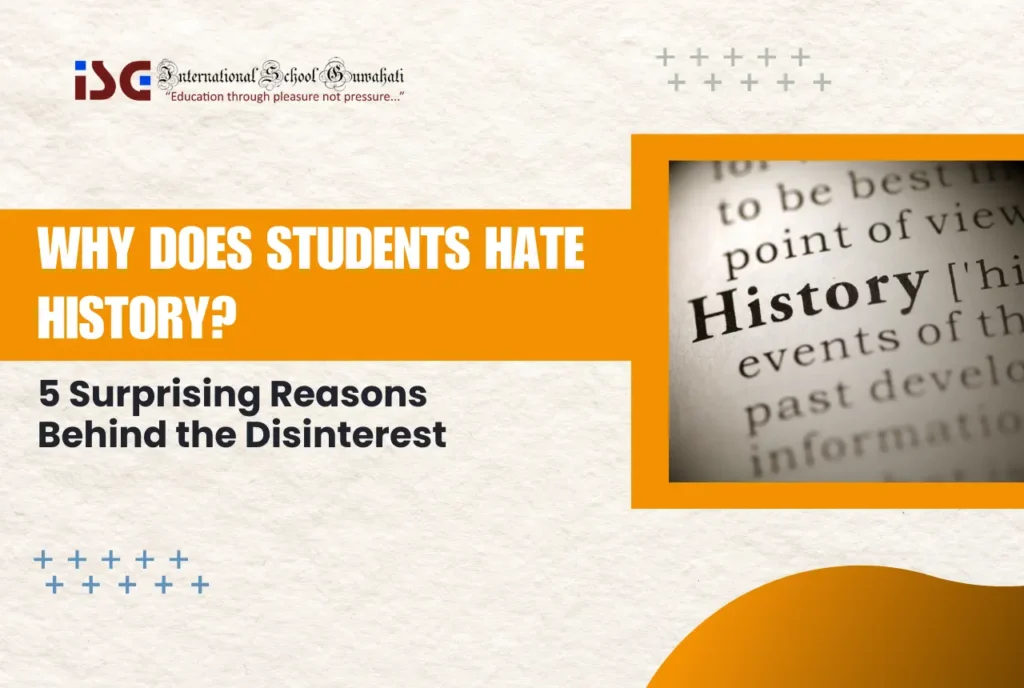![]()
Here’s a fact: history is boring. But teachers teach it anyway and students learn it, some even interestedly. But why do students hate history specifically? We will look at some possible reasons for this common feeling.
If you do not have a knack for historical findings and accounts, history as a compulsory subject in school will, more often than not, only bore you. However, there are many other integral reasons why students hate this subject more than other subjects.
Why Does Students Hate History?
The truth is, that students often only view history as a memorization exercise for a long list of dates, people, battles, accounts, and names. This is the main reason they disconnect from this subject which can be quite interesting if studied and taught right. Additionally, the tests and assessments further drain students’ interest in the subject by asking redundant questions based on their memorization skills.
Reason #1: History Feels Disconnected from Reality
Imagine a classroom where students are bombarded with dates and disconnected facts about the Industrial Revolution. While important, this approach fails to connect the dots for students. They might wonder: “Why should I care about this? How did it impact the world I live in?” These questions often pop into students’ heads, more for history than any other subject.
Engaging history education bridges this gap by demonstrating how historical events shaped the technologies we use, the social structures we live in, and the political systems that govern us. For example, exploring the development of the printing press in the Renaissance can illuminate the evolution of free speech and the spread of ideas.
Reason #2: A Lack of Engaging Activities and Storytelling
Textbooks, while valuable resources, can often feel flat and uninspiring. Fortunately, there are countless ways to make history come alive in the classroom. Interactive activities like simulations and historical role-playing can put students in the shoes of past figures, allowing them to experience history firsthand.
Project-based learning, where students research and present on topics that interest them, fosters a sense of ownership and engagement. Finally, the power of storytelling is undeniable. By incorporating primary sources like diaries, letters, and photographs, teachers can create a more immersive learning experience. These sources allow students to hear the voices of the past, understand motivations, and connect with the human stories that underpin historical events.
Reason #3: Focus on Wars and Battles Instead of Social Change

History is much more than just wars and battles. A curriculum solely focused on military campaigns presents a one-dimensional view of the past, neglecting the rich tapestry of social movements, cultural developments, and the experiences of everyday people. Imagine a history class that explores the fight for women’s suffrage alongside the American Civil War. This approach provides a more comprehensive understanding of the era and allows students to connect with diverse historical figures beyond just military leaders and politicians.
It’s important to acknowledge that traditional history curriculums often have a Eurocentric bias, focusing primarily on Western history. By incorporating the history of other cultures and regions, we offer students a more complete and nuanced understanding of the past.
Reason #4: Difficulty Connecting with Historical Figures
Students might struggle to connect with historical figures presented as one-dimensional heroes or villains. Delving deeper into motivations, flaws, and the human stories behind these figures breathes life into the past. Exploring historical figures through biographies or fictionalized accounts that paint a more relatable picture can bridge the gap between students and the characters they’re studying.
Reason #5: No Room for Student Inquiry and Debate
A classroom focused solely on memorizing facts leaves little room for critical thinking and student inquiry. In reality, history is full of debate and open-ended questions. Engaging students in healthy debate about historical interpretations encourages them to analyze evidence, form their conclusions, and develop strong arguments. Topics like the causes of the American Revolution or the impact of technological advancements on society are perfect examples of how history lessons can spark discussion and debate.
How to Spark Interest in Students to Study History

Include Some Drama and Role-Play.
The first idea for making history class interesting and engaging for students is to incorporate drama and role play into your lessons. For example, while teaching about the Renaissance, plan an activity in which students dress up and behave like people from that historical period. Instead of standard teaching methods, enact the scene in front of pupils to increase their interest in the story being presented.
Use Visual Media
One advantage of history is that filmmakers have an unreserved passion for the topic. There are several historical films and television series available, especially now that Netflix and Amazon Prime are so easily accessible. After watching the film or show, you and your students could talk about the film’s historical accuracy and their main takeaways from it.
Take a Field Trip

You can’t always hold your lesson outdoors. However, now and then, take your children to a museum or a historical site to assist them in understanding a lesson or an event. Looking at historical artifacts or settings helps youngsters understand history, and most museums or venues have guides who would love to give a full recounting to young interested minds.
Relate it to Reality
One of the most difficult aspects of history is making connections and convincing children that what happened in the past is still relevant now. You do not have to return to the beginning of time. Children must understand how our grandparents or previous generations dealt with global disasters and moved forward, so that catastrophes like the pandemic are not unique to this generation and we, too, can survive.
Conclusion
So, let’s ask again, why do students hate history? The five reasons explored in this blog post – a perceived disconnect from reality, lack of engaging activities, overemphasis on wars, difficulty connecting with figures, and limited space for student inquiry – contribute to student disinterest in history. Fortunately, with dedicated teachers and engaging resources, history classrooms can become vibrant spaces of exploration and discovery.
Parents can also play a role by encouraging children to visit museums, watch historical documentaries, and explore historical fiction. History is not a dead subject; it’s a dynamic and ever-evolving conversation about who we are, where we came from, and where we’re headed. So, let’s rewrite the narrative and unlock the power of history for future generations!








